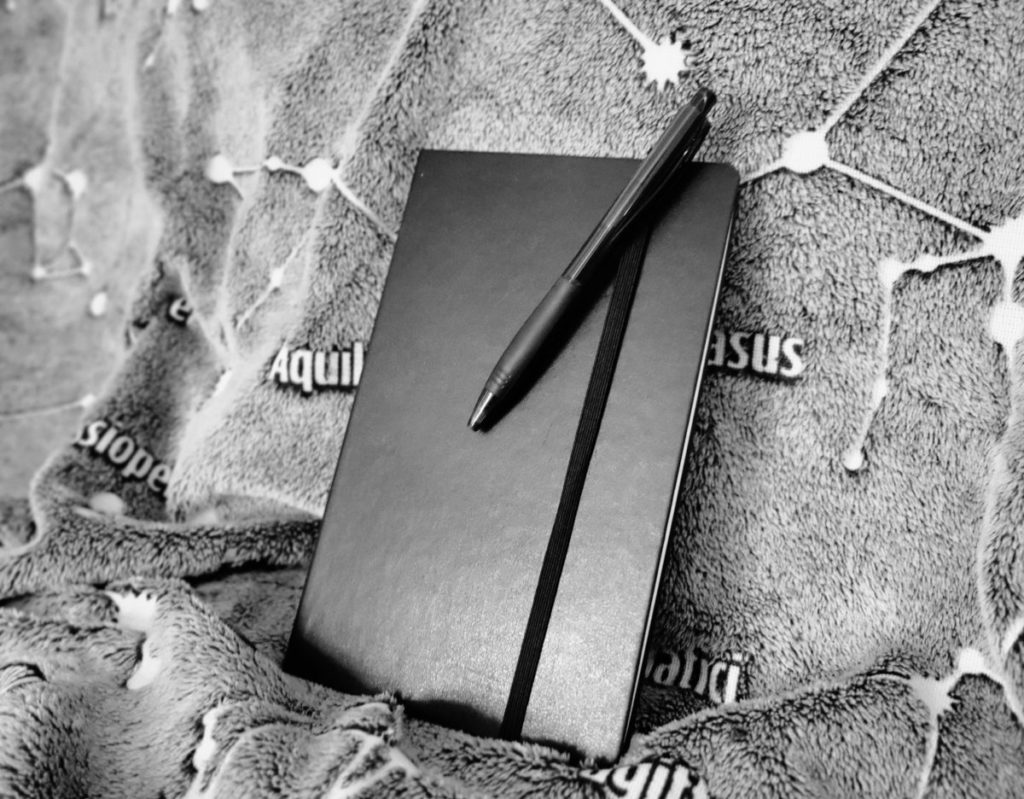
“What if the cure for cancer is trapped inside the mind of someone who can’t afford an education?”
I’ve seen some iteration of this sentiment shared on my social media feeds many times – largely because it’s true. We’ll never know the critical, even life-saving innovations that remain locked inside of individuals who aren’t given opportunities to explore their full potential.
But what of the creativity that also goes unmanifested?
I recently completed “The Artist’s Way,” a 12-week self-exploratory course contained within a 1992 self-help book written by author and filmmaker Julia Cameron. Through a series of exercises – mostly ones that align with the focus or theme of a respective week in the program – participants are invited to connect with, and nurture, one’s “inner artist.”
Mere days after starting that journey, I wrote a news brief about a Pew Research Center poll which revealed that men in partnerships with women have access to a disproportionate amount of leisure time – indulging in several hours more of it per week than their significant others. The women are, quite simply, statistically more likely to shoulder the bulk of household and childcare duties, owing to a mix of financial necessity and gender norms.
That post stayed on my mind throughout my “Artist’s Way” experience. I came to think of it as a dash of what Cameron calls “synchronicity” – a seeming alignment between one’s own personal experiences, and broader twists and shifts driven by a force greater than, and incomprehensible to, us.
In large part because I – as my son’s primary watcher and an individual maintaining several jobs – can relate.
In addition to the prompts that vary week to week, there are two activities one engages in throughout the entire process – daily morning pages, which require you to pour whatever is on your mind into three free-form journal pages at the start each day; and weekly artist’s dates, which involve taking yourself, and only yourself, somewhere personally inspirational and relaxing.
In theory, these sound accessible. For the primary caregivers and household managers of the world like me, they’re near impossible to adhere to, at least in any strict sense. Morning pages became “whenever I can” pages, as my days often begin with unceremonious wake-ups by a small someone who immediately needs to know, for example, the gender identities of each Minion. In all, I squeezed in two artist’s dates around my son’s whims and my own hectic schedule – as well as my own exhaustion.
Yet I was still able to have a meaningful experience – and I learned so much.
The mere act of keeping up with those morning pages and artists dates – or not – inspired in me a series of tough internal conversations through which I attempted to separate out the ways in which my responsibilities genuinely limited me from creating, and the ways in which I limit myself by resting on a schedule and a lifestyle that is known to me. Or by my reluctance – sometimes refusal – to ask for help.
I discovered the extent to which external validation, or lack thereof, colors my perception of my work, and set about trying to untangle the connection. I found joy in investing in myself, both financially, and with time and effort – upgrading my computer; reorganizing and redecorating my personal work space; incorporating exercise back into my life in intentional ways.
I saw results in my professional and creative life. “Art is not about thinking something up,” Cameron writes in one of the (many) portions of the book I screen-shotted. “It is about the opposite – getting something down.” I felt that in personal essays, listicles and obituaries that flowed through me like water. I began trusting myself more as a singer as well, feeling more assured in what I know my voice and musical mind are capable of, and seizing opportunities as they arose.
Taking leaps, in anticipation of a net appearing, as Cameron also says – and it often would.
What a gift it’s been, to imagine and play and consider new projects that I hope to take on. What a privilege – and “privilege” is the operative word here. I got to have this experience, even if it was somewhat limited by my circumstances. What of those who are carrying even more, either because of their individual realities or the myriad inequities built into our society’s structure?
During my Artist’s Way process, I also penned a lengthier piece on the dearth of talk around federal-level paid leave and childcare policies from 2024 presidential candidates. For it, I spoke with Rep. Rosa DeLauro of Connecticut, who has been attempting for decades to address the lack of support for families from a policy perspective. She talked about the ways in which these failures cut off women’s careers. “A pandemic forced many women and people of color out of their jobs,” she told me. “They did not opt out of the workforce, but were forced out because of inadequate policies.”
If our lack of social safety nets is hurting women’s abilities to make a basic living and provide necessities for their families – what hope can their creative endeavors possibly have to develop and find their ways out into the world?
I’m frustrated by missing out on parts of my own “Artist’s Way” process. But I am far angrier on behalf of those whose lives cut them off from experiencing any of this. And I mourn the creative works we’ll never get to enjoy – as they, too, remain trapped within women too burdened to free them, or even find them inside in the first place. The songs I’ll never cry to in my own overwhelmed moments; the books I’ll never take too long to read around my own busy life.
As Cameron notes: “The ego always wants to claim self-sufficiency. It would rather pose as a creative loner than ask for help.” I wholly agree. But the onus to fix this particular brand of isolation does not rest solely upon those who are already carrying more than their share.
At the end of the day, we need reinforcement – from inside, and out. ◼



